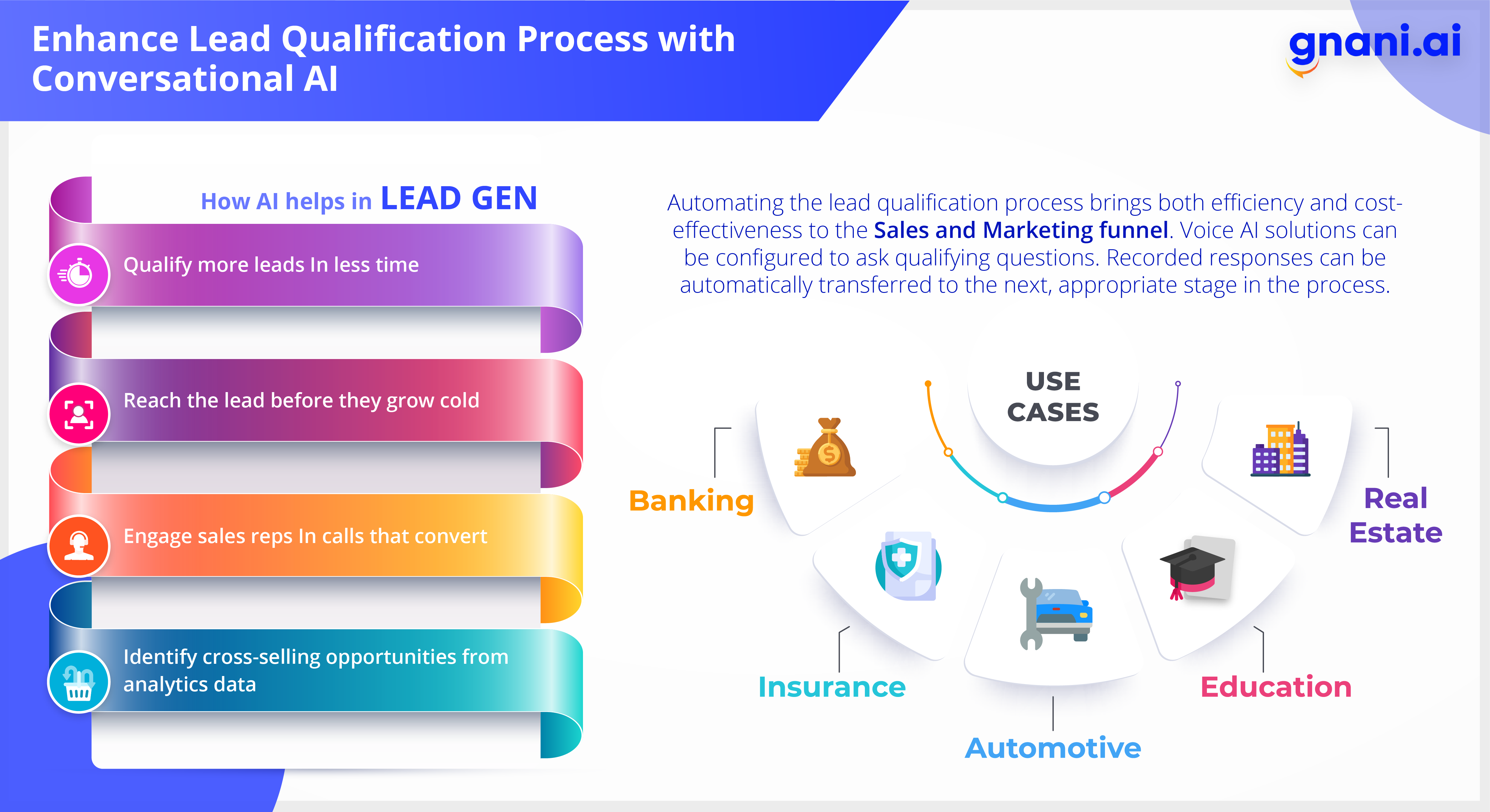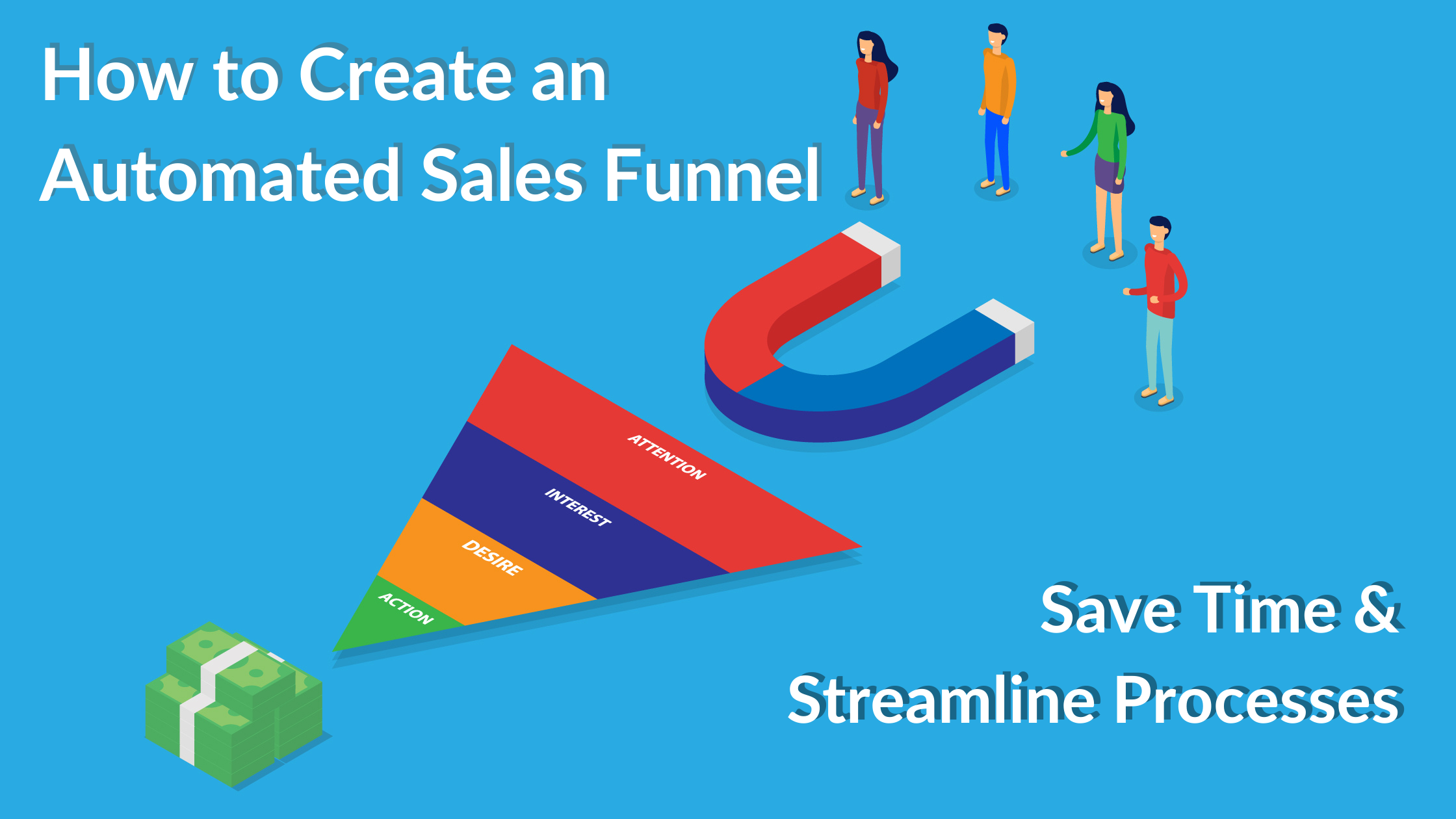Lead generation automation streamlines the process of attracting and capturing potential customers using software. It boosts efficiency and improves conversion rates by nurturing leads with minimal manual effort.
Lead generation automation represents a transformative approach to marketing and sales strategies. By integrating software tools, businesses can automatically capture information from prospects through various channels such as websites, social media platforms, and email campaigns. This technology allows for timely and personalized follow-up actions, ensuring that potential clients receive attention at critical moments in their decision-making process.
Effective automation tools are capable of segmenting leads based on behavior and preferences, enabling targeted communication that resonates with each lead’s interests. By reducing the time spent on repetitive tasks, sales teams can focus on closing deals and crafting more strategic initiatives. This not only contributes to higher conversion rates but also aligns marketing and sales efforts, leading to a cohesive customer acquisition journey.
Benefits Of Lead Generation Automation
The ‘Benefits of Lead Generation Automation’ are vast and can significantly transform how businesses attract and manage potential customers. By embracing automation, companies unlock the potential to streamline processes, multiply their leads, and improve the overall quality of their prospects. Let’s explore these advantages in detail.
Improving Efficiency
- Reduces repetitive tasks: Automation takes over time-consuming, manual lead capturing efforts.
- Saves time: Employees can focus on closing deals rather than finding leads.
- Speeds up response time: Automated systems can contact leads quickly, increasing engagement chances.
- Tracks performance: Built-in analytics provide insights for optimization and better decision-making.
Increasing Lead Volume
Lead generation automation enables businesses to tap into a larger pool of prospects. Using sophisticated algorithms, these systems identify and capture leads at scale, significantly growing the number of potential customers. Key points include:
| Feature | Impact |
|---|---|
| Automated outreach | Engages more people across various platforms |
| Multi-channel targeting | Expands reach beyond a single point of contact |
| Continuous lead capture | Ensures no opportunity is missed, day or night |
Enhancing Lead Quality
Automation not only increases the quantity of leads but also greatly improves their quality. It uses data and analytics to score and prioritize leads, ensuring that only the most promising prospects are followed up. This results in:
- Better targeting: Automation tools profile and segment leads based on their behavior and interests.
- Higher conversion rates: By focusing on quality leads, the chances of conversion are higher.
- Personalized experiences: Tailored communications resonate with leads, fostering trust.

Credit: www.gnani.ai
Key Features And Tools For Lead Generation Automation
Lead Generation Automation transforms the way businesses attract prospects. It leverages advanced technology. Modern features and tools streamline the process. They ensure consistent flows of quality leads. Below, we dive into key components that make these systems so powerful.
Lead Scoring
Lead scoring ranks prospects. It uses data to score each lead’s sales-readiness. Points get assigned based on interaction and behavior. The criteria often include:
- Webpage visits: More visits, higher scores.
- Email engagement: Opens and clicks increase scores.
- Content downloads: Indicates interest.
- Social media interaction: Reflects engagement level.
The system automatically updates scores. This ensures sales teams focus on hot leads.
Automated Email Campaigns
Automated emails nurture leads with minimal effort. They trigger based on specific actions. Actions could be:
- Signing up: Sends a welcome series.
- Cart abandonment: Reminds prospects to complete purchase.
- Form submissions: Delivers targeted information.
Email campaigns maintain engagement. They guide users down the sales funnel.
Crm Integration
Customer Relationship Management (CRM) tools are essential. They track every prospect interaction. Integration with lead generation systems creates synergy. Key benefits include:
| CRM Integration Benefit | Impact |
|---|---|
| Centralized Data | Stores all lead info in one spot. |
| Improved Segmentation | Enables precise target marketing. |
| Enhanced Reporting | Offers actionable insights. |
CRM integration ensures seamless workflow. It automates data capture and follow-ups.
Best Practices For Implementing Lead Generation Automation
Smart businesses use lead generation automation to save time and increase efficiency. Here are some best practices to follow.
Identify Target Audience
Knowing your audience is the first step. Understand their needs and interests. Use data to create detailed buyer personas. This approach ensures the right leads come to you. It increases the chances of conversion.
- Analyze customer data to find common demographics and behaviors.
- Conduct surveys and interviews to gain insights directly from your audience.
- Segment your audience to personalize your marketing efforts for different groups.
Develop Compelling Landing Pages
Landing pages are critical in capturing leads. They must be attention-grabbing and informative. An effective landing page matches the audience’s intent and prompts action.
- Ensure the design is clean and user-friendly.
- Include strong headlines and clear calls-to-action (CTAs).
- Test different elements with A/B testing for the best performance.
Optimize Lead Nurturing Workflows
Create personalized workflows to engage leads. Automated emails, content delivery, and follow-ups are key. They move leads through the sales funnel effectively.
| Stage | Action | Goal |
|---|---|---|
| Discovery | Send educational content | Inform |
| Consideration | Provide solutions | Build trust |
| Decision | Offer incentives | Convert |
Challenges In Implementing Lead Generation Automation
Embracing automation in lead generation can revolutionize how businesses attract potential customers. Yet, transitioning to an automated system presents certain challenges that organizations must navigate to reap the benefits.
Data Management and QualityData Management And Quality
High-quality data is the fuel that powers lead generation engines. Poor data can lead to wasted efforts and resources. Automating lead generation requires strategies to maintain accurate and relevant data. Common issues include:
- Duplicates
- Inaccurate data entries
- Outdated information
Businesses need to implement regular data cleansing and validation processes to ensure effectiveness.
Integration ChallengesIntegration Challenges
Automated systems must seamlessly integrate with existing tools and workflows.
Integration obstacles include:
| Challenge | Impact |
|---|---|
| Incompatible systems | Disjointed processes |
| Limited API access | Reduced functionality |
Choosing platforms with flexible integration options is critical.
Ensuring Compliance with Data Protection RegulationsEnsuring Compliance With Data Protection Regulations
Lead generation must adhere to data protection laws like GDPR and CCPA. Non-compliance can result in hefty fines. Automation systems should include:
- Consent management features
- Data handling protocols
- Regular compliance audits
Regular training for staff on data privacy is also essential.
Future Trends In Lead Generation Automation
The future of lead generation automation holds exciting possibilities. With technologies constantly evolving, businesses are set to experience a new era in capturing and nurturing leads. Here’s a look at the trends poised to redefine this landscape.
Artificial Intelligence And Machine Learning
Artificial Intelligence (AI) and Machine Learning (ML) stand at the forefront of innovation in automation. These technologies enable systems to learn from data, identify patterns, and make decisions with minimal human intervention.
- Chatbots interpret user intent, providing instant, personalized engagement.
- AI-powered scoring determines lead quality, ensuring sales teams focus on the most promising prospects.
- Automated content recommendations keep prospects engaged throughout their journey.
Predictive Analytics
Predictive analytics leverages data to forecast future behavior and lead conversion probabilities. Using sophisticated algorithms, businesses can anticipate needs and tailor their strategies accordingly.
- Insight into likely future trends shapes marketing efforts.
- Data-driven decision-making improves lead acquisition and ROI.
- Predictive models inform the content and timing of campaigns for optimal outcomes.
Personalization And Customization
Personalization and customization ensure that leads receive content that resonates with their interests and behaviors, significantly improving engagement rates.
| Feature | Benefit |
|---|---|
| Targeted Messaging | Increases relevance and connection with the audience. |
| Dynamic Content | Adapts in real-time to user interaction. |
| Segmentation Tools | Groups leads based on behavior for tailored campaigns. |

Credit: vipecloud.com

Credit: www.spiralytics.com
Frequently Asked Questions On Lead Generation Automation
What Is Lead Generation Automation?
Lead generation automation uses software to capture and nurture leads with minimal manual effort. This technology streamlines the process, improving efficiency and lead quality for businesses.
What Is Lead Capture Automation?
Lead capture automation is the use of software to automatically gather and store potential customer data for sales and marketing purposes. It streamlines the process of converting website visitors into leads.
What Is Ai Lead Generation?
AI lead generation is the process where artificial intelligence technologies identify potential customers for businesses, streamlining the prospecting and sales funnel activities.
Which Tool Is Used For Lead Generation?
HubSpot is a widely used tool for lead generation, offering robust features for inbound marketing and sales strategies.
Conclusion
Embracing automation in lead generation propels businesses forward, enriching customer experiences and streamlining success. As we harness these powerful tools, efficiency climbs, leaving room for growth and innovation. Begin your journey; let technology amplify your marketing prowess and watch your leads—and your business—flourish.




